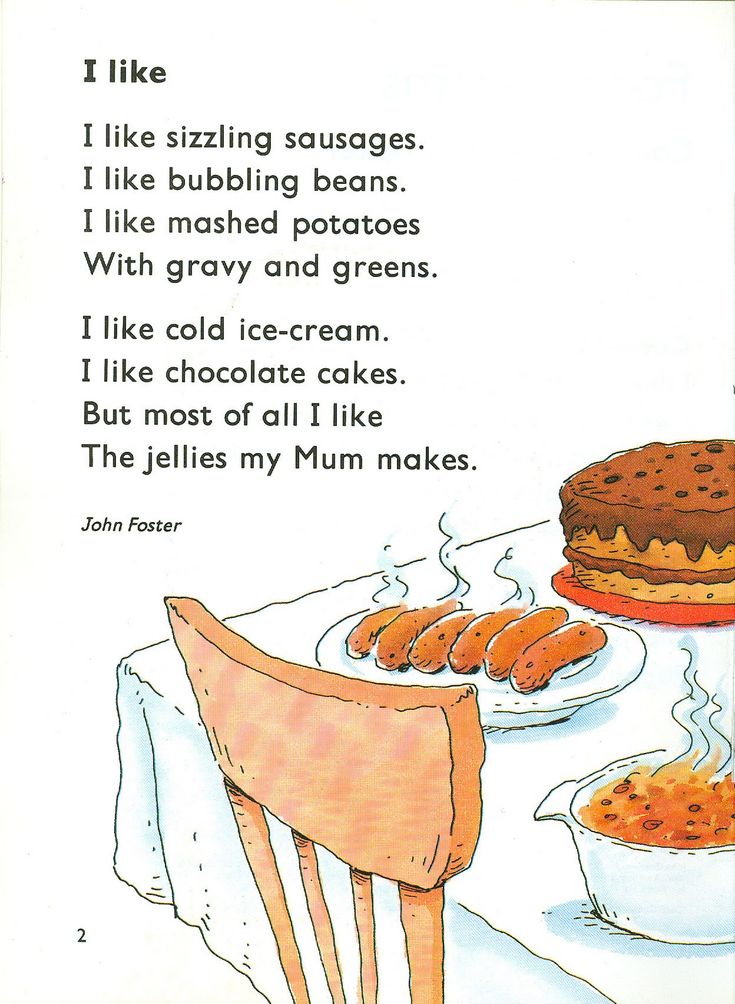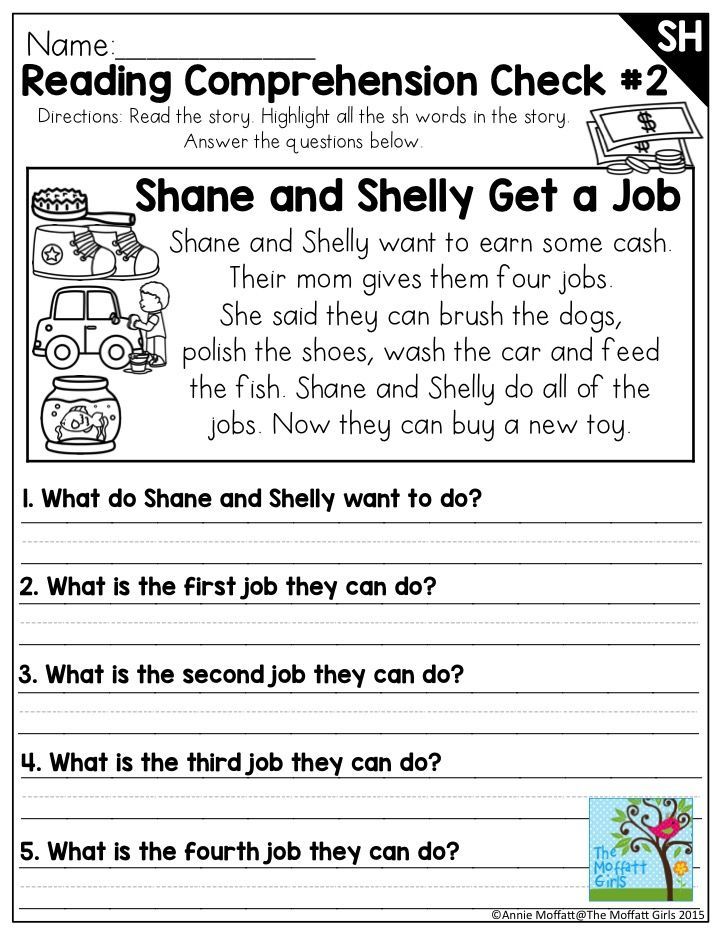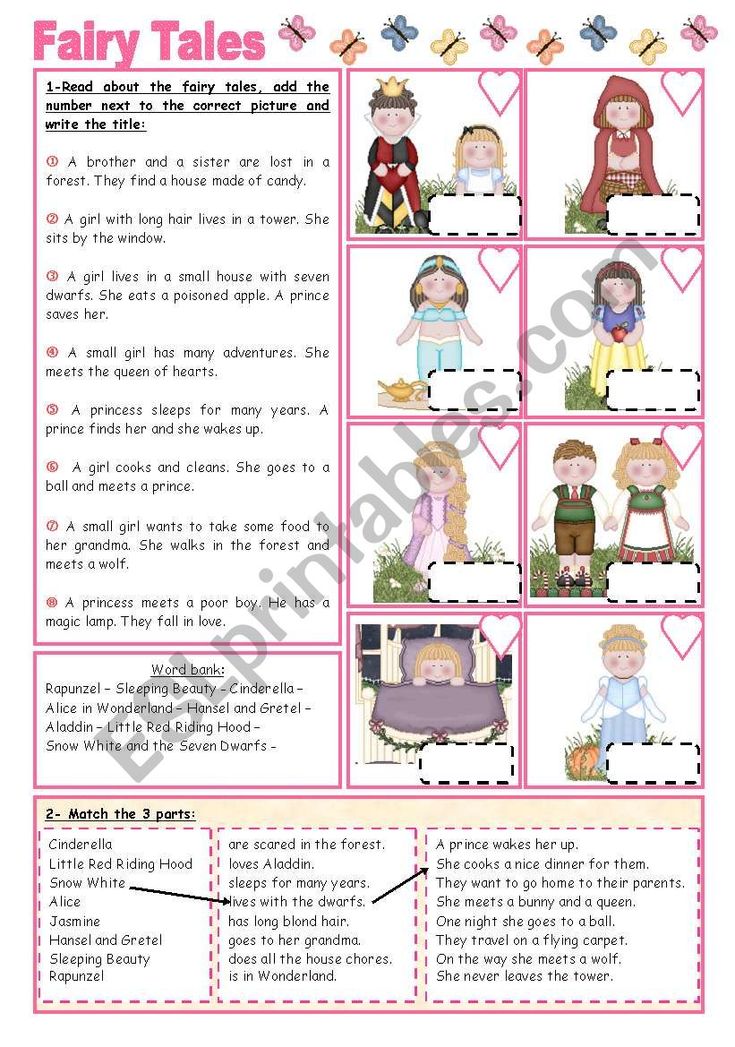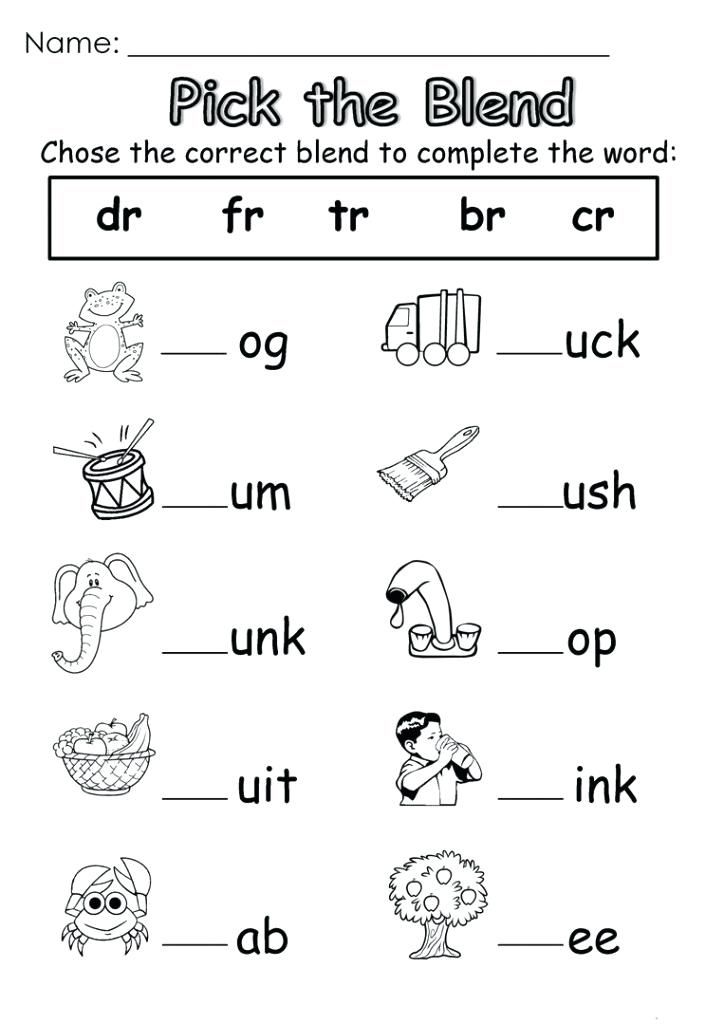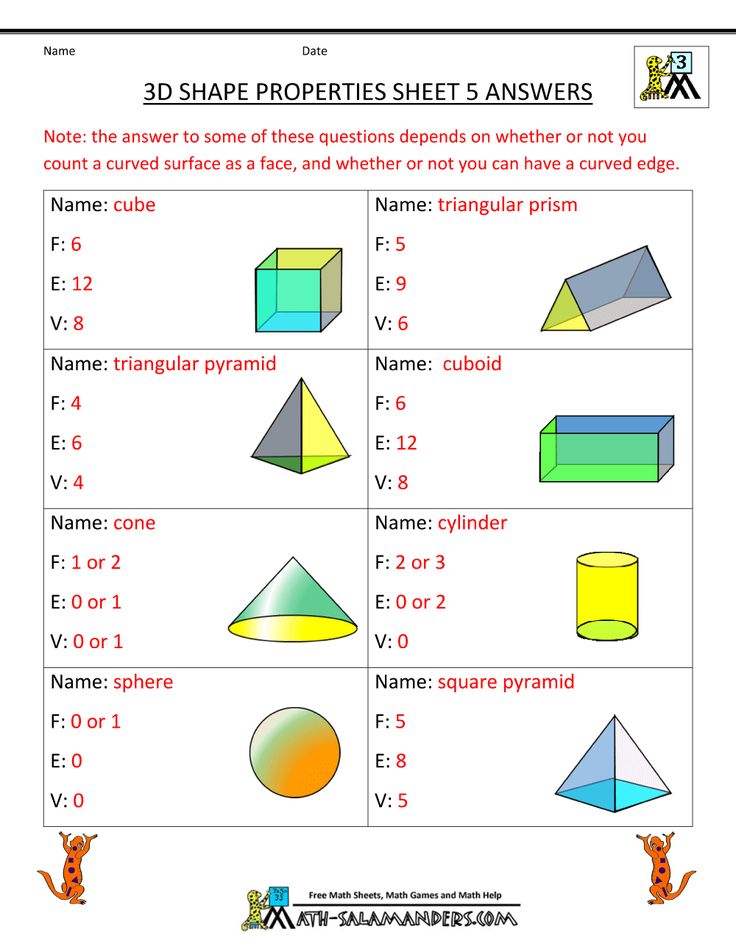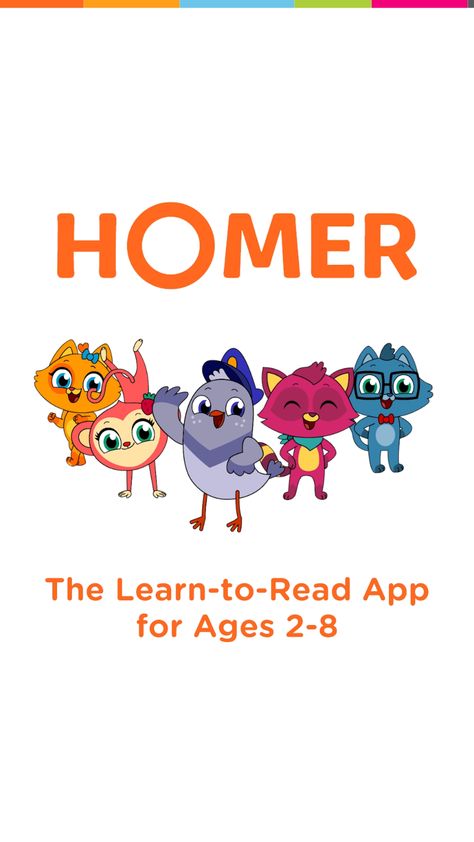How to find the lexile level of a book
How To Determine Reading Level Of A Book: 5 Best Tools
Learning how to determine reading level of a book helps you find appropriate books for your child and challenge their abilities.
When choosing children’s books, the reading level of the book can be pretty important. You want to challenge children to read a bit higher than they think they can while not discouraging them with books that are too difficult.
According to a US survey by Test Prep Insights, almost half of the respondents haven’t read a book in the past year. However, the same survey found readers prefer print books over ebooks.
So, whether you’re working with beginning readers who want to improve their habits or advanced readers in your life, learning how to determine the reading level of a book is a valuable tool. Thankfully, parents and educators have a number of tools available to help them.
This guide will discuss what reading levels are, how to find them and how you can ensure that the books you offer are suitable for the children in your life.
Contents
- Tips on How To Determine Reading Level Of A Book
- What is Reading Level?
- Why Reading Level is Important
- Reading Level and Interest Level
- Common Measures for Reading Levels
- Tools to Find the Reading Level of a Book
- A Final Word on How to Determine Reading Level of a Book
- FAQs About how to Determine Reading Level of a Book
- Author
Tips on How To Determine Reading Level Of A Book
So how can you determine the reading level of a book? Before delving into the tools available to help you find a book that your child can read, first, you must understand what reading level is.
What is Reading Level?
The reading level of a book determines how well a child can read it independently. Unfortunately, reading level is often confused with grade level, so a book with a fourth-grade reading level is designed with vocabulary and syntax that the average fourth grader can understand.
However, it is not always as simple as picking a book that is leveled at your child’s grade level.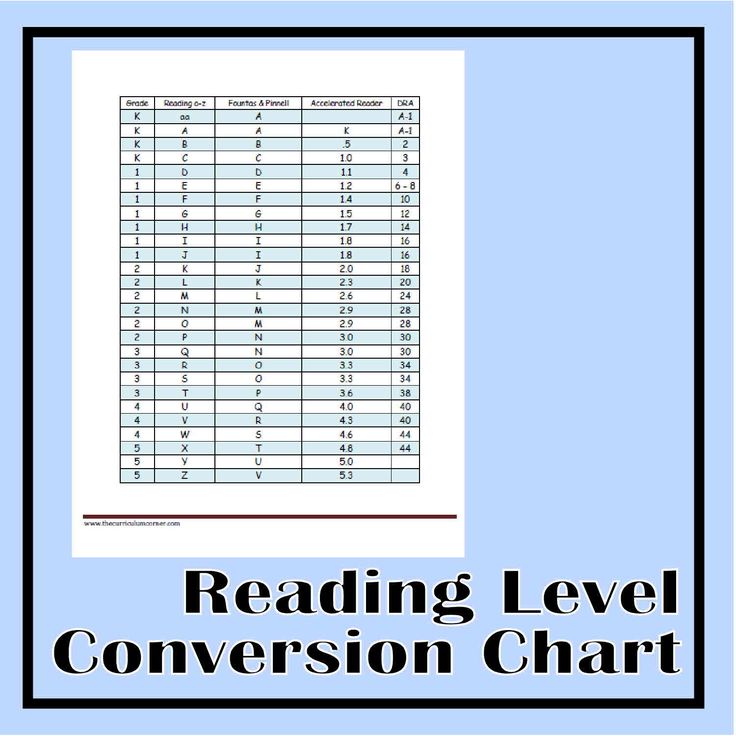 Your child’s teacher can tell you that students fit into a wide range of levels, even within the same classroom.
Your child’s teacher can tell you that students fit into a wide range of levels, even within the same classroom.
As your child’s reading skills develop, you’re going to need to find reading materials that match. Knowing how to read reading levels will help.
Why Reading Level is Important
Children who are learning to read need to have a text they can read successfully. If text is too easy, the child gets bored. If the text is too hard, the child gets frustrated.
This balance is where the reading level helps. Finding a book that matches your child’s abilities and interests will encourage successful reading, and reading level is key to that.
Reading Level and Interest Level
Adding interest level to your decision-making will help guide you to the books they will be most interested in readingAnother benchmark you can check into is interest level. This metric shows how interesting a particular book is likely to be to your child based on their age or grade level.
If a child is particularly behind or advanced in reading level, finding books they want to read but match their reading level becomes more challenging. Adding interest level to your decision-making will help guide you to the books they will be most interested in reading.
Common Measures for Reading Levels
Many tools measure reading levels. As you learn how to determine the reading level of a book, you will find that these tools make the job a lot easier, so you can find a book that fits the child’s reading level. Here are some popular reading systems to consider.
1. Fountas-Pinnell Guided Reading Level
Fountas and Pinnell created the Guided Reading Level. This leveled reading system assigns a level to individual books. Factors that impact that level include repetition of words, the complexity of sentences, and sentence length.
This program uses specialized reading lists with books that already have a grade level measure.
2. Grade Level Equivalent
The Grade Level Equivalent leveled reading system assigns an actual grade level to the book based on what students typically can read at a particular stage of their education.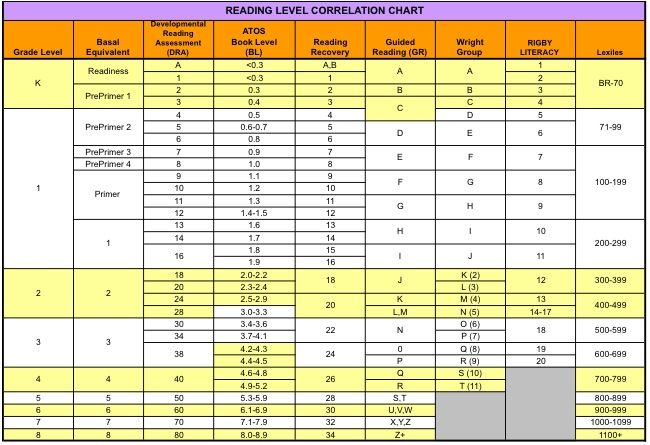 This metric is labeled with a decimal point, where the first number is the grade level, and the number after the decimal point indicates the number of months into the school year the student would be. So, a score of 2.1 means second grade one month into the school year.
This metric is labeled with a decimal point, where the first number is the grade level, and the number after the decimal point indicates the number of months into the school year the student would be. So, a score of 2.1 means second grade one month into the school year.
For parents that are new to reading levels, this can be a helpful metric as it shows a level they can easily relate to their student’s age and grade. However, parents need to realize that students develop their reading abilities at different speeds, so any particular child may read at, above, or below the published reading level.
3. Developmental Reading Assessment
The Developmental Reading Assessment, or DRA, assesses a child’s reading ability through a reading test. It then gives the student a score based on that test. Factors it checks include:
- Phonemic awareness
- Alphabetic principles/phonics
- Fluency
- Vocabulary
- Comprehension
- Reading engagement
Books are given corresponding scores based on text complexity and vocabulary. Thus, teachers and parents can easily connect students to books that fit their abilities after taking the test by lining up the test scores with the scores of the book.
Thus, teachers and parents can easily connect students to books that fit their abilities after taking the test by lining up the test scores with the scores of the book.
4. Lexile Framework for Reading
The Lexile Framework is a National Institute of Child Health and Human Development metric. It uses Scholastic Inventory Test scores to evaluate text and determine what reading level it is.
To use the Lexile Framework, students must take a standard test or the Scholastic Reading Inventory (SRI). This then matches them with a reading level that matches their ability.
You can look up the Lexile level of a book online on the Lexile website.
5. Accelerated Reader Book Levels
Accelerated Reader is a complex readability formula that rates text complexity. It uses grade level ratings to indicate what year and month a student could read a book independently.
Accelerated Reader is different from straight grade level equivalents because it uses interest level as well.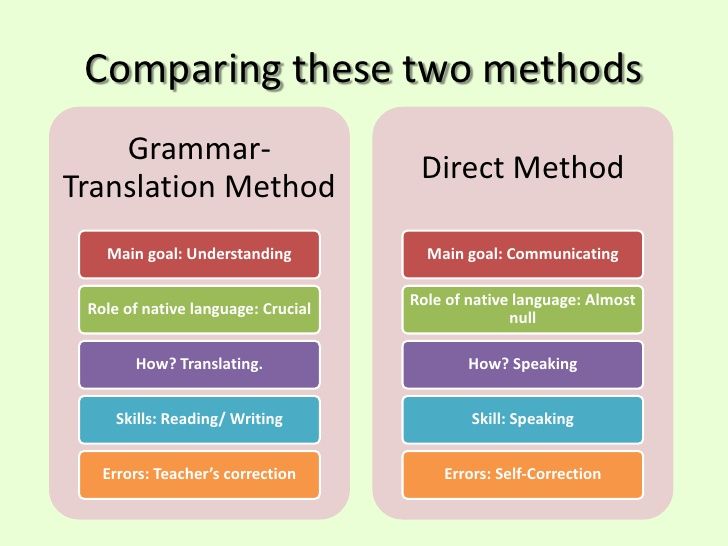 This indicates if the content of a book is age-appropriate for the particular grade level.
This indicates if the content of a book is age-appropriate for the particular grade level.
Tools to Find the Reading Level of a Book
Understanding the different reading tests and reading level measures is important, but it does not help you learn how to determine the reading level of a book when your child wants to read something. Thankfully, you have several tools at your disposal to help.
1. Scholastic’s Book Wizard
Scholastic offers a book wizard tool that has over 65,000 children’s books in the database. You can search using the title and author to find an individual book’s reading level. If you are looking for recommendations for your child, you can search by reading level, subject, grade level, or genre and get a list of suggestions.
2. Renaissance ATOS Analyzer
If you can’t find your book or text in another tool, you can copy a portion of the text into the ATOS Analyzer to see how it rates. This tool uses a readability formula to tell you how easy something is to read.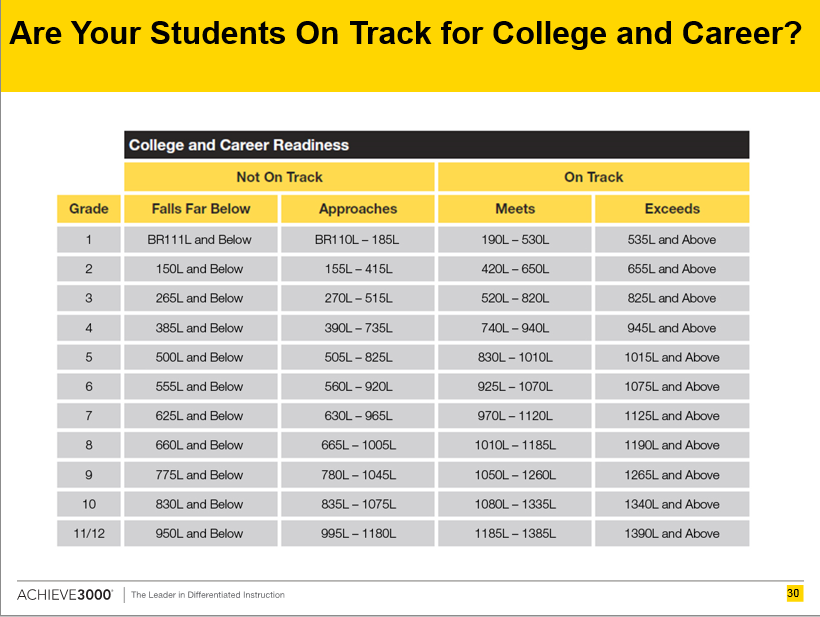 It also merges with the Lexile measure, so you can search for individual books if they are in the database.
It also merges with the Lexile measure, so you can search for individual books if they are in the database.
3. Lexile Look Up
Lexile’s online tool lets you search for a book by its ISBN. Just enter the number on the Quick Book Search to see if it is in the database. The website also allows you to look at a list of books based on your child’s reading level.
4. Accelerated Reader Search Tool
The AR search tool lets you search for a particular book’s readability, Lexile level, and interest level. It reports a grade level based on whether or not a child will be challenged in the reading but not frustrated.
5. Correlation Chart
The Correlation Chart is part of the State of Washington public library system. It lets you find the reading level of a book, then use the tool to compare that to the reading level in another measurement. If you are looking for a specific measure but know another one, this tool can help you compare.
A Final Word on How to Determine Reading Level of a Book
Reading levels help you choose books for your child that fit their interests and abilities.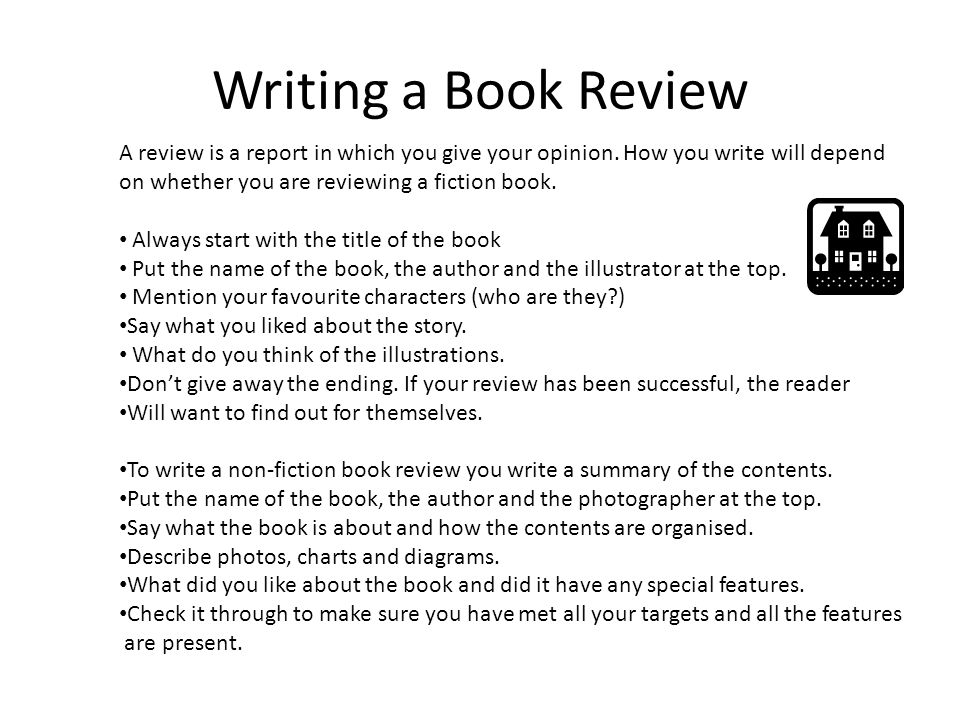 You can avoid frustration and boredom by selecting appropriate books. Using reading levels also encourages more independent reading, especially with young readers.
You can avoid frustration and boredom by selecting appropriate books. Using reading levels also encourages more independent reading, especially with young readers.
Parents can sometimes struggle with finding reading levels for different books, but using a book’s ISBN, you can search in several tools that have book lists based on reading level. Using these tools and asking your child’s teacher what their current reading level is will allow you to choose the right reading material for your child.
FAQs About how to Determine Reading Level of a Book
How to find the reading level of a book?
Using different tools, such as the Scholastic Book Wizard or the Accelerated Reader Search Tool, you can learn the reading level of many children’s books to help you choose appropriate reading options for your child.
How to determine my child’s Lexile reading level?
If your child is at school, they will be tested each year under their standardized testing program. This testing will give your child a Lexile reader measure. Simply ask your child’s teacher or check their standardized test score report to learn your child’s measure.
This testing will give your child a Lexile reader measure. Simply ask your child’s teacher or check their standardized test score report to learn your child’s measure.
Join over 15,000 writers today
Get a FREE book of writing prompts and learn how to make more money from your writing.
Powered by ConvertKitAuthor
Lexile Measures
Revision Assistant allows teachers to see the Lexile® text measures for each source that accompanies a Revision Assistant prompt. What are Lexile measures you ask?
The Lexile Framework for Reading from MetaMetrics® is one of the most accurate and widely-used datasets for matching students with reading materials that will fit their skill levels and help them stretch those skills even further. A Lexile measure represents both the complexity of a text, such as a book or article, and an individual’s reading ability.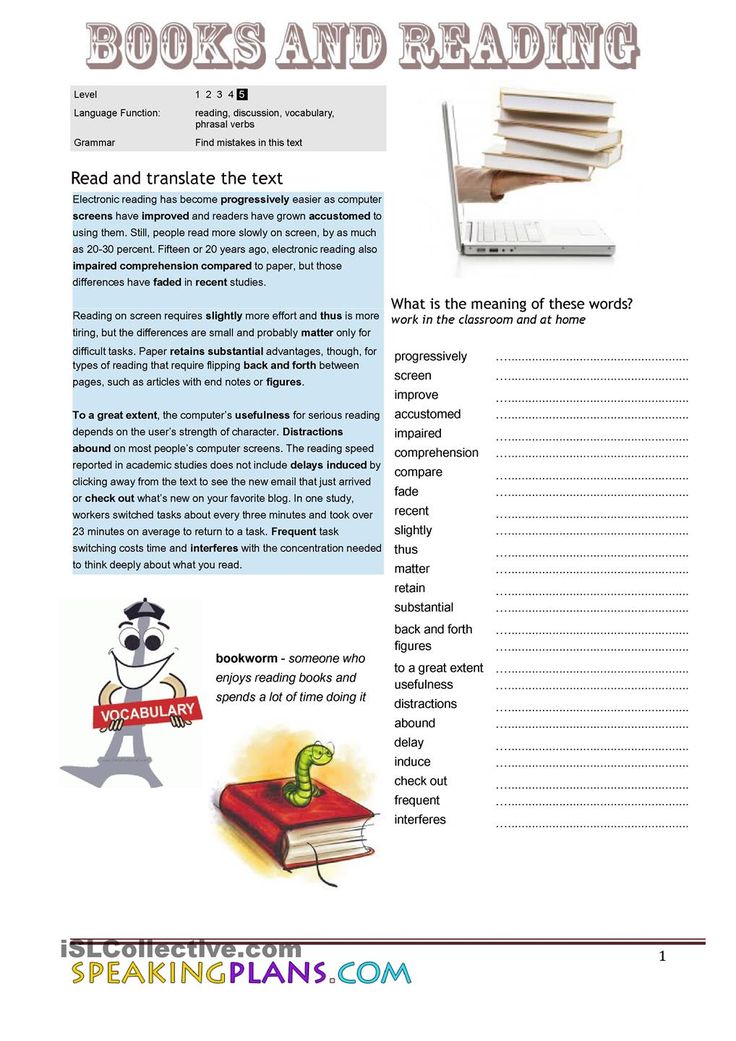 A Lexile reader measure is a measure of a student's reading ability. A Lexile text measure is a measure of the text complexity for a book or piece of text. Continue reading to learn more about Lexile measures.
A Lexile reader measure is a measure of a student's reading ability. A Lexile text measure is a measure of the text complexity for a book or piece of text. Continue reading to learn more about Lexile measures.
Where Can I Find Lexile Text Measures in Revision Assistant?
Revision Assistant allows teachers to see the Lexile text measures for each source that accompanies a prompt. Teachers will be able to see the following Lexile text measure information on each prompt page and each assignment page:
- The range of Lexile text measures for a set of sources (in the right panel)
- The individual Lexile text measures for each source (under the title of each source)
Revision Assistant only shows Lexile text measures for prompt sources; not for the prompt writing instructions.
How Are Lexile Measures Calculated?
A student gets his or her Lexile reader measure from a reading test or program. For example, if a student receives an 880L on her end-of-grade reading test, she is an 880 Lexile reader. Higher Lexile measures represent a higher level of reading ability. A Lexile reader measure can range from below 200L for emergent readers to above 1600L for advanced readers. Readers who score below 0L receive a BR for Beginning Reader. In some cases, for readers, a BR code is followed by a number and L (e.g., BR150L). A Lexile reader measure of BR150L indicates that the Lexile measure of the reader is 150 units below 0L. The smaller the number following the BR code, the more advanced the reader is. For example, a BR150L reader is more advanced than a BR200L reader.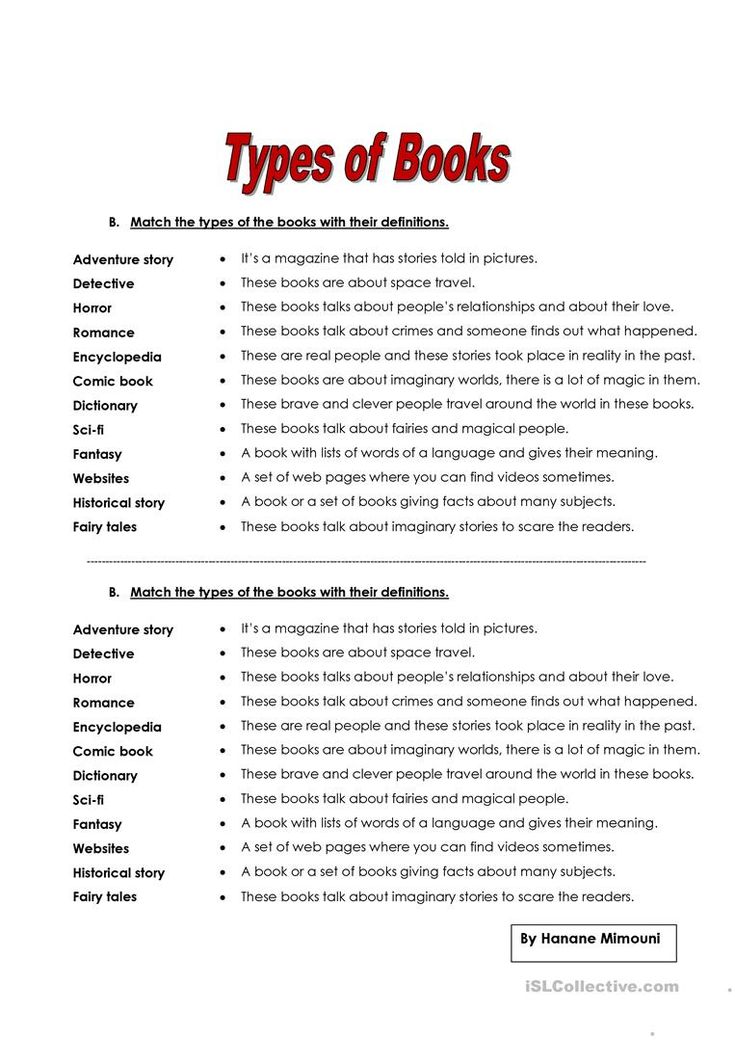
A book, article or piece of text gets a Lexile text measure when it's analyzed by MetaMetrics. For example, the first "Harry Potter" book measures 880L, so it's called an 880 Lexile book. A Lexile text measure is based on the semantic and syntactic elements of a text. Many other factors affect the relationship between a reader and a book, including its content, the age and interests of the reader, and the design of the actual book. The Lexile text measure is a good starting point in the book-selection process, with these other factors then being considered. Lexile text measures are rounded to the nearest 10L. Unlike the reader measure, all text measures below 0L are currently reported as BR. MetaMetrics has conducted research to differentiate the BR text measures, and these measures will be available at a later date.
What is a Lexile Range?
The Lexile range is the span of Lexile text measures that a particular reader is forecast to comprehend while still encountering enough challenge to grow as a reader. The Lexile text measure range for a reader is from 50L above her or his Lexile reader measure to 100L below it. The forecasted comprehension rate for the Lexile range is about 65% to 80%. When a reader reads within his or her Lexile range, this is referred to as a targeted reading experience. When a reader reads outside of his or her Lexile range, this is referred to as a mistargeted reading experience.
What Are Lexile Codes?
Sometimes a Lexile measure by itself is not enough information to choose a particular book for a particular reader.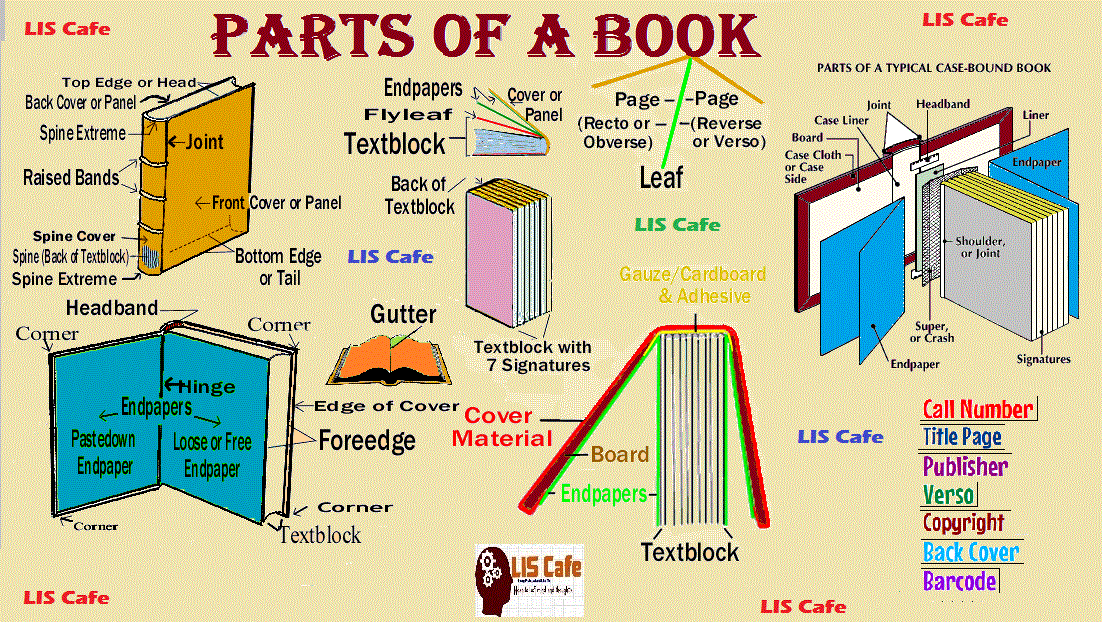 This is why some books get Lexile codes—two-letter designations that appear before the Lexile measure (for example, AD580L).
This is why some books get Lexile codes—two-letter designations that appear before the Lexile measure (for example, AD580L).
The Lexile code gives you more information about a book that relates to its developmental appropriateness, reading difficulty, and common or intended usage. Word frequency and sentence length—the two text characteristics that determine a Lexile measure—do not describe all of the content of a book. Lexile codes provide some context to the numerical measure to further help you guide readers toward fruitful reading experiences.
The Lexile codes are listed below. Continue reading for an explanation of that Lexile code:
- AD: Adult Directed
- NC: Non-Conforming
- HL: High-Low
- IG: Illustrated Guide
- GN: Graphic Novel
- BR: Beginning Reader
- NP: Non-Prose
AD: Adult Directed | Picture books are frequently considered for an AD or "adult directed" code because they are usually read to a child, rather than a child reading them independently. This is the classic example of parent and child sitting together on the couch with the book open in their laps. Although seemingly easy reading, picture books can still present a challenging independent reading experience to an age-appropriate reader for reasons of text difficulty and book layout or design. The text difficulty of picture books varies widely across the genre. For instance, Maurice Sendak's Where the Wild Things Are (HarperCollins Publishers) is a beloved read-aloud for preschoolers. Its Lexile measure of 740L, however, is around the average reading ability for someone ending fourth grade. Additionally, picture books can have design elements that may visually complicate reading for a child. Factors such as font size, typeface, page layout, legibility, and the relationship between pictures and text may significantly impact reading comprehension. The story and illustrations in Where the Wild Things Are are perfect for young children. But the lines of the text are close together and the sentences are spread over multiple pages, often in long horizontal lines. These design elements may challenge a child's ability to read the book independently even if the text difficulty is well matched. Initially, a more advanced reader may need to read the book with a child. |
NC: Non-Conforming | The NC code is applied to books that have a Lexile measure markedly higher than is typical for the publisher's intended audience or designated developmental level of the book. The Lexile measure of a book is compared to the Lexile range of readers in the intended audience in order to make an NC code determination. The NC code is useful when matching high-ability readers with a book that's still at an appropriate developmental level. Alternatively, some picture books with disproportionately high Lexile measures may receive an AD (Adult Directed) code. Seymour Simon's Amazing Aircraft (SeaStar Books) is coded NC710L. Its spine reads "grades 1-3" but its Lexile measure is higher than a typical early elementary school student's ability range. Therefore the book is coded as Non-Conforming. |
HL: High-Low | A text designated as "HL" has a Lexile measure much lower than the average reading ability of the intended age range of its readers. Despite their short sentences and basic vocabulary, HL books are designed to appeal to readers at a more mature developmental level. For example, Beth Goobie's Sticks and Stones (Orca Soundings) is classified as a young adult book and measures 430L—an average reading ability for 2nd graders. The book's characters are high-school students who struggle with the many challenges that face high-school students such as dating and gossip. Therefore, the book is coded HL430L. |
IG: Illustrated Guide | The IG code is applied to books that consist of independent pieces or sections of text such as in an encyclopedia or glossary.
These text characteristics do not necessarily impact reading comprehension or developmental appropriateness. Instead, the IG code conveys an idea of the kind of book and what the book typically will be used for in the classroom or library. Birds of Prey by Dr. Gerald Legg (Franklin Watts Library) is coded IG. Separate paragraphs are arranged upon the page, functioning more like multiple-sentence captions. |
GN: Graphic Novel | The GN code indicates that the book is a graphic novel or comic book. The text of GN books appears primarily in voice or thought bubbles integrated into comic book-style illustrations. Graphic novels tend to contain a larger percentage of dialogue than most other genres of books. They also typically lack some of the required text conventions of dialogue, such as putting "she said" after a quoted sentence, because illustration methods are used to indicate spoken text. The impact of picture support on reading comprehension is not captured in the Lexile measure of a graphic novel. To Dance: A Ballerina's Graphic Novel (Aladdin) , written by Siena Cherson Siegel and illustrated by Mark Siegel, is coded as GN610L. |
BR: Beginning Reader | Beginning Reader (BR) is a code given to readers and text that are below 0L on the Lexile scale. Note that Beginning Reader (BR) is the only Lexile code that applies to both readers and text. All other codes apply only to text. Hop on Pop by Dr. Seuss (Random House) is a BR book.
|
NP: Non-Prose | The NP code is for any book comprising more than 50% non-standard or non-conforming prose. NP books do not receive a Lexile measure, merely the NP code. Some common examples of non-prose content are poems, plays, songs, recipes, and text with non-standard or absent punctuation.
|
| All the information on this page explaining what Lexile® Measures are, how to interpret them, how they are calculated, Lexile ranges and Lexile® codes was taken directly from MetaMetricsInc.com. The trademarks and names of other companies and products mentioned herein are the property of their respective owners. Copyright © 2017 MetaMetrics, Inc. All rights reserved. |
Lexical approach
July 3, 2015 Tags: methodology, vocabulary, lexical approach, grammar, lesson plan, collocations, Beginner-Elementary level, free materials
Is it possible to get rid of grammar and long boring explanations? How to learn irregular verbs without lists and cramming? Without much effort increase vocabulary and at the same time improve fluency? Yes, it looks like the magic pill is the lexical approach. nine0011
Today I will show you how you can use the lexical approach in language learning. How to work with vocabulary in an English lesson - and move from study of individual words to phrases.
How to diversify your study grammar - so much so that the students will not even notice that they are doing grammar)) And how to learn irregular verbs on the sly.
The first lexical approach was proposed by the notorious Comrade Michael Lewis. And although the materiel is very important, in this post I will not write about theoretical calculations. And I will show how the lexical approach works in practice and already at the most early levels (Beginner and Elementary). nine0007
And I will show how the lexical approach works in practice and already at the most early levels (Beginner and Elementary). nine0007
Lexical approach and irregular verbs
I will take for example irregular verbs in the past tense and show how the lexical approach can be connected here.
We study from the textbook English File Third Edition, Elementary level, unit 7C - incorrect verbs in the past tense, here is a spread from the textbook:
After the text and a short discussion of memorable nights, in exercise 2 it is proposed to find in the text and write down the past tense of these verbs. nine0011
Further, the textbook suggests repeating the verbs after the speaker, sort out the grammar and do a couple of exercises, like this:
What's bothering me about all this?
And the fact that these - and any other - verbs in themselves completely useless. Well, who speaks with verbs? Ellochka-cannibal, if only.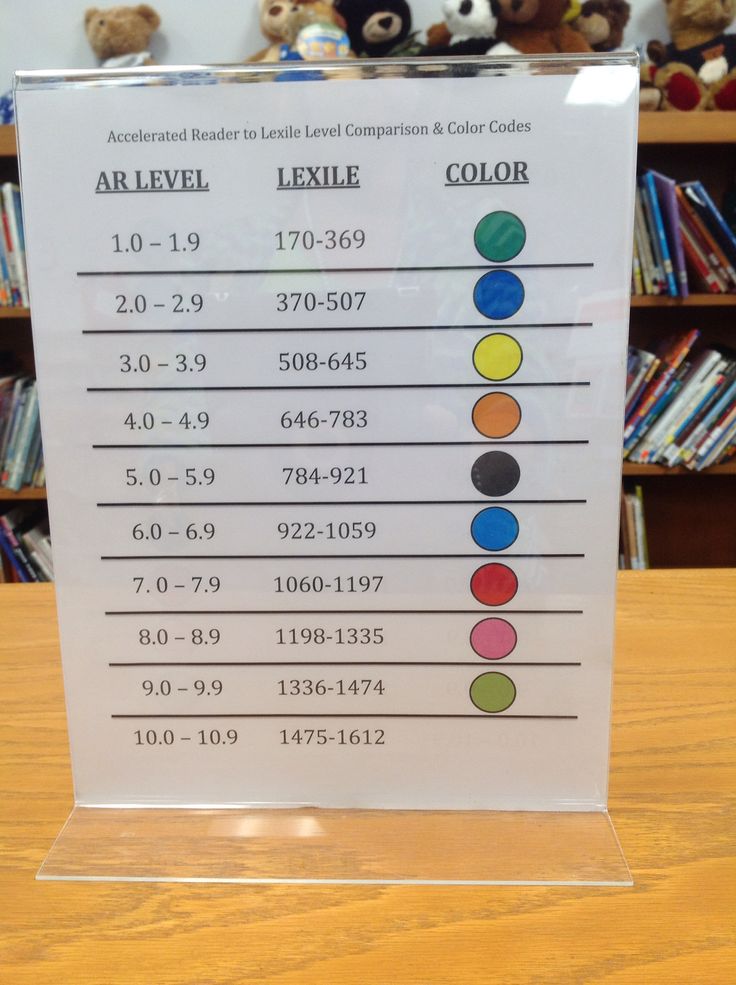 How to use these verbs in speech, if you don’t know what they are more often with all combined and which of them can make phrases? nine0007
How to use these verbs in speech, if you don’t know what they are more often with all combined and which of them can make phrases? nine0007
Found, met, knew, spoke… What kind of story did this turn out to be?
The textbook, of course, gives examples of the use of verbs in phrases - in the same text and in exercises. But due attention does not pay attention to phrases. That is, those who know what to look for and where, will find. Rest and will remain with a very meager vocabulary. Yet vocabulary is not measured by words.
And after the exercises, where you need to put the verb into the form the past tense, nothing remains in the head again. Except those same Ellochkin found, met, knew, spoke. nine0007
In general, it's time for the teacher to get down to business)) Let's add lexical approach!
Firstly , we strongly ask the students to find and write down the PHRASES from the text in exercise 2:
Secondly , create new phrases. We choose the most typical:
We choose the most typical:
Here the lexical approach insists on one important point - it is advisable to take phrases in the form in which they are likely to be used in speech. That is, none:
leave something at home
know somebody very well
can't find somebody's keys
All these something , somebody and somebody's are understandable only teachers, but they only confuse students. And even such a familiar your (can't find your keys) will not work in our particular case - in speech we often say I couldn't find my keys than You couldn't find your keys.
So, the lexical approach recommends giving phrases exactly in the form in which they sound in speech, that is:
left my wallet at home
knew her very well
couldn't find my keys
Learn more about other ways to organize new expressions.
Thirdly , let's look at the life of phrases))
What met , for example, can not only people (whom) and and where ( in a cafe ) and why ( for a coffee ).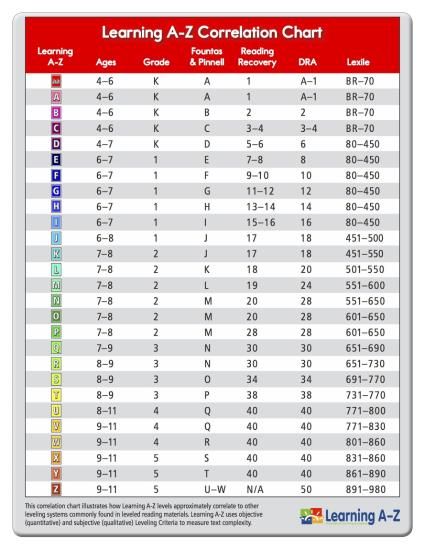
What lost is not only losing something literally, something tangible ( lost my car keys ), but also more abstract things ( lost his job, lost interest ). This helps to start seeing vocabulary more globally and using it in new contexts.
Fourthly , we create associations:
Fifthly , we practice the pronunciation of PHRASE - stress, coherence, tempo, loss of sounds, if relevant. These are, of course, advanced pronunciation features. The lexical approach does not insist on this. But common sense insists on this)) Why not do good pronunciation now? nine0011
And sixth, , have fun - we drive these phrases back and forth. FROM prompts, without prompts, in order and out of order, we compose stories and everything that comes up:
We compose stories:
Download phrases with irregular verbs and pictures for training:
results. In the following lessons, students suddenly start spontaneously and to place to use these phrases in English.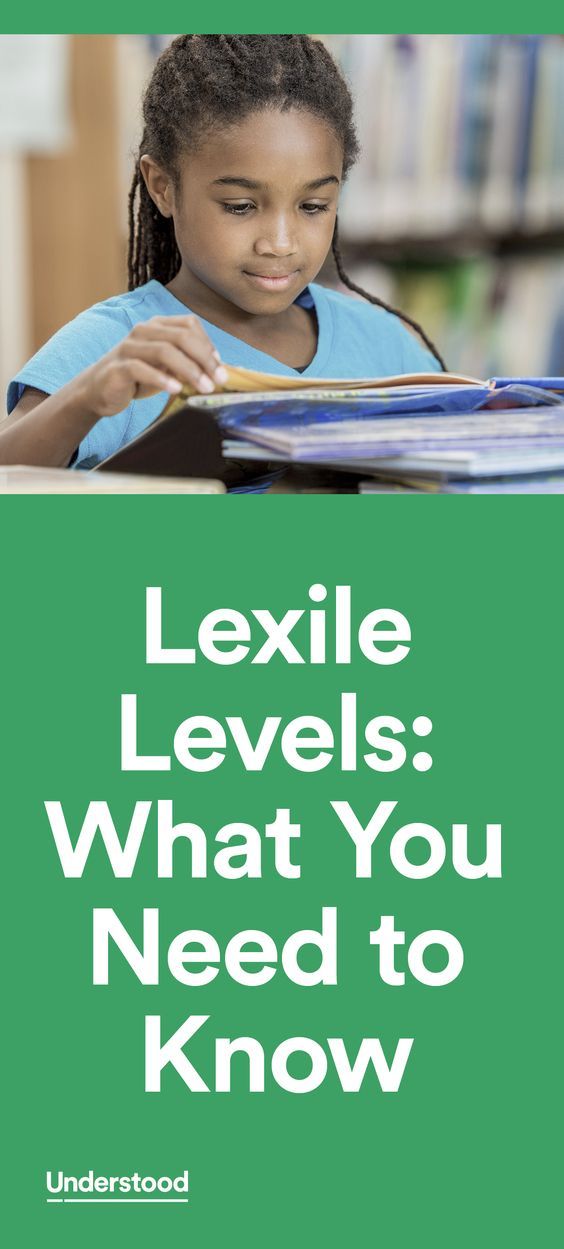 nine0007
nine0007
Moreover, having understood the principle, they combine words and create new phrases in the image and likeness - and again to the place and correctly use!
I naturally regret that I didn’t start to purposefully use lexical approach before. Because the benefits are huge.
Why the lexical approach is good
Fluency conversation to hang out and think about what to combine with. There are already prepared correct and typical phrases. nine0007
New phrases
The lexical approach gives the principle, and the understanding of the principle helps to create new phrases, just by replacing some words in the matrix:
| Didn’t know what to do Didn't know what to say Didn't know where to go | Left my car at the beach Left my wallet at home Left my phone in the office |
Without cramming and boring explanations
Lexical approach and knowledge of lexical chunks practically liberates from grammar. And with the naked eye it is clear that any phrases are half grammar.
And with the naked eye it is clear that any phrases are half grammar.
What is remembered in our particular case (phrases with irregular verbs)? nine0011
Since we train phrases immediately in Past Simple, irregular verbs memorized without cramming according to the list.
Repeated many, many times, expressions like felt stressed, felt embarrassed, felt tired are remembered without the omnipresent felt myself. And without a long explanation about what feel is used without myself. In general, without any theoretical explanations))
didn't know what to do
taught me to drive
Such phrases (with the infinitive) are also remembered immediately and easily without tedious explanations when the infinitive is needed and when it is not needed. And then, on higher levels when we get to the difference between the infinitive and gerund, all this will be already well known. And not in theory, but intuitively, on practice.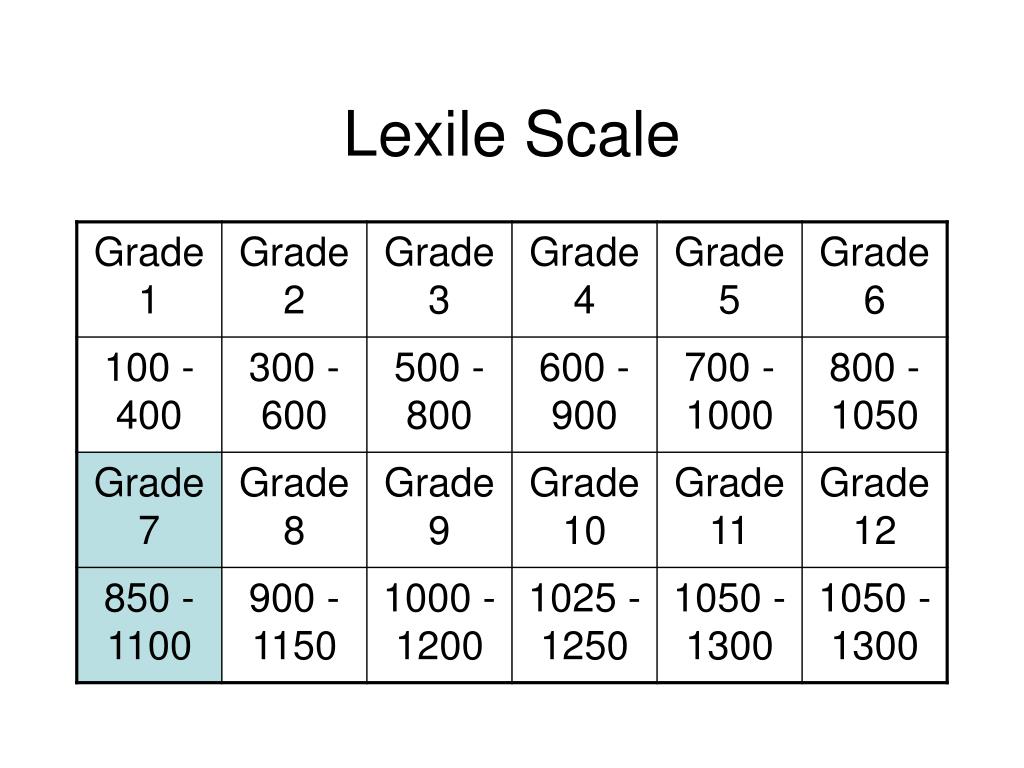 And you may not even have to use the terrible words "infinitive" and "gerund")))
And you may not even have to use the terrible words "infinitive" and "gerund")))
Also, without long theoretical calculations, they are remembered correct prepositions:
at the beach
at home
in the office
and so on.
And this is not all the advantages of such work, the lexical approach definitely rules!))
The only drawback, however, is that if your textbook does not focus on vocabulary similarly, all this will have to be done by you, the teacher. And the textbooks that take a lexical approach as a basis, there are very few and they are not so popular. nine0011
There are no shortcomings for students))
Colleagues, do you use the lexical approach? Does your textbook pay attention to lexical chunks?
Students, do you think this kind of work is useful?
Leave a comment - let's discuss! Author: Daria Maslovskaya
8 best manuals However, in addition to learning new words, you also need to learn how to combine them correctly, make sentences from them and use them in your speech.
 And all these tricks you will be taught by textbooks on the vocabulary of the English language. We'll cover 8 of the most popular vocabulary building aids and explain how to work with them. nine0007
And all these tricks you will be taught by textbooks on the vocabulary of the English language. We'll cover 8 of the most popular vocabulary building aids and explain how to work with them. nine0007
We have already compiled a detailed review of the 4 best English textbooks for our readers. At the same time, we wrote that these comprehensive manuals help develop all English language skills, as well as expand your vocabulary. Below we will explain why it is worth adding a book to a universal textbook to increase vocabulary. In this review, we will present you 8 vocabulary guides.
Why additional textbooks on English vocabulary are needed
1. Learn words effectively
Each of the textbooks on English vocabulary is focused on learning new words in context. You learn new vocabulary and immediately use it in practical exercises, see how it "works" in natural speech. This is the most productive and fastest way to improve your vocabulary.
2. Expressing Your Thoughts Accurately
Knowledge of grammar and a good vocabulary is essential to speak English confidently. In addition, if you are going to take an exam or emigrate, a large vocabulary will make your life much easier. Of course, the basic textbook provides a good supply of vocabulary for every level of knowledge, but if you want to make your speech more natural and expressive, vocabulary replenishment books will come in handy. nine0007
In addition, if you are going to take an exam or emigrate, a large vocabulary will make your life much easier. Of course, the basic textbook provides a good supply of vocabulary for every level of knowledge, but if you want to make your speech more natural and expressive, vocabulary replenishment books will come in handy. nine0007
3. Better listening comprehension
Obviously, the more English words you know, the more you can understand. Therefore, we advise those who complain that they can hardly perceive English speech by ear to pay attention to such manuals. Quite often, the reason for such a misunderstanding is that a person has a limited vocabulary, so our brain plays a cruel joke with us - we simply do not hear all unfamiliar words.
4. Activate vocabulary
A huge plus of such benefits is that they focus not so much on learning new words as on the practice of using various words of the English language. Surely you have heard people complain: “I already read English texts, but I speak very badly.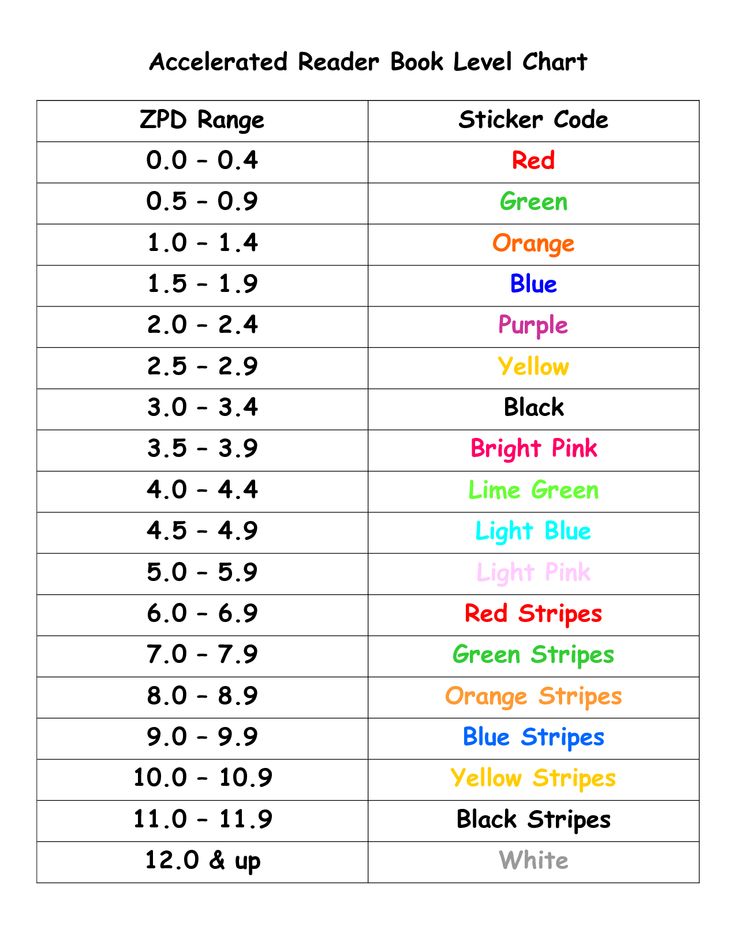 ” The thing is that such students have an extensive passive vocabulary of the English language - they recognize the word when they hear it or meet it in the text. At the same time, their active stock is very small - they cannot use words that they seem to know in their speech. English vocabulary books help to solve this problem: through practical exercises and constant repetition, words move from passive to active vocabulary. nine0007
” The thing is that such students have an extensive passive vocabulary of the English language - they recognize the word when they hear it or meet it in the text. At the same time, their active stock is very small - they cannot use words that they seem to know in their speech. English vocabulary books help to solve this problem: through practical exercises and constant repetition, words move from passive to active vocabulary. nine0007
5. Reach the next level of English knowledge faster
It happens that it is a poor vocabulary that "slows down" a person, does not allow him to move to the next level. In this case, working with additional aids will help speed up the learning process.
At what level is it necessary to take such a study allowance? Each of the series of books includes textbooks for different levels of knowledge, so at any level you can pick up good material for vocabulary replenishment. If you are learning English with a teacher, you can ask him to take additional material from the textbook you like. If you study English on your own, try to regularly complete tasks from the selected manual. nine0005
If you study English on your own, try to regularly complete tasks from the selected manual. nine0005
The format of this textbook is similar to the editions of English Grammar in Use by Raymond Murphy, which we wrote about in our review of "The 4 Best English Grammar Textbooks". Each lesson-unit takes 1 turn: the theory is given on the left, practical exercises are given on the right.
There are two ways to work with this tutorial. If your vocabulary is rather poor, it is best to go from the first lesson to the last one and not skip anything. If you do not have enough knowledge on some specific topics, you can choose and study them. nine0007
Vocabulary exercises in English Vocabulary in Use are word selection tasks, filling in missing words in a text, crossword puzzles, writing small texts, matching a word to a picture, dividing words into groups according to some criteria, selecting definitions for idioms and phrasal verbs, selection of synonyms, etc.
Features of the textbook
If you learn English on your own, then this manual will be convenient to use.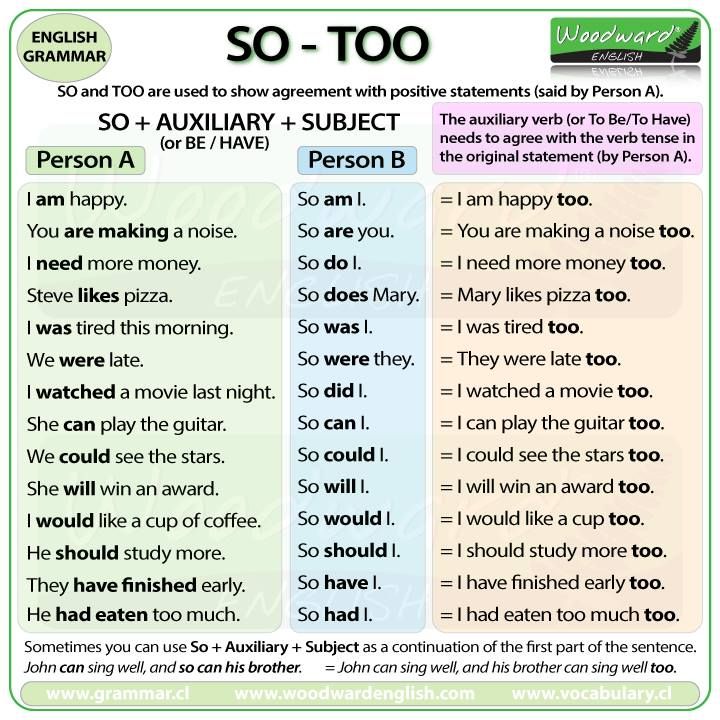 At the end of the textbook there are answers to all the exercises, you can check yourself. nine0007
At the end of the textbook there are answers to all the exercises, you can check yourself. nine0007
The undoubted advantage of the manual is the presence at the end of the book of a list of all the words found in the units. The words are written in alphabetical order, each of them is given a transcription. Also, next to each word is the page number on which it occurs, so if you want to know how to use it correctly, just open the desired page.
| Elementary | Pre-Intermediate | Intermediate We advise you to go through the textbook sequentially - step by step to analyze each of the lessons. However, there is a list of topics in the table of contents, so you can choose which vocabulary to learn first. In addition, at the end of the textbook, in alphabetical order, there is a list of all the words used in each lesson. When completing tasks, you need to insert a missing word, underline the correct meaning, choose the appropriate option, or correctly sign the illustration. Textbook Features Structure of the textbook and how it works In this series of British vocabulary books, the appropriate material should be selected according to the following principle:
Each book in this series contains 80 units. The lesson takes from one to three pages, depending on the topic. Practical exercises are immediately attached to blocks of theoretical material to consolidate knowledge. All units are divided by topic into groups-modules of 5 or 10 lessons. As you work through this tutorial, you can also choose to go in order or choose exactly those topics where you have gaps. However, if you are learning English on your own, the first option is preferable: this way you won't miss anything important. nine0007 Vocabulary tasks are diverse: fill in missing letters, find synonyms, answer questions, choose a word, insert a missing word in a phrase, etc. In addition to written vocabulary training exercises, Oxford Word Skills has tasks for developing speaking and listening. Textbook features At the end of the manual there are answers to all exercises, as well as tests following each module, so this textbook can also be recommended for self-study. At the end of the manual there is a list of words in alphabetical order. For each of them, a transcription is given and the page number on which you will find exercises with this word is indicated. Additional online exercises for this tutorial series can be found at elt.oup.com. Follow the link to the Basic, Intermediate or Advanced section, and the exercises for the corresponding manual will be available to you. Sign up for a speaking practice course and practice vocabulary in dialogue with a teacher. 4. Test Your Vocabulary
Publisher: Pearson. The structure of the textbook and the principle of working with it Each of the five books in the Test Your Vocabulary series consists of 60 units, which occupy 1-2 pages depending on the topic. Despite the fact that this series consists of books with vocabulary tests, the tasks are very diverse. You can solve different types of crossword puzzles, sign pictures, combine words into phrases, choose phrases for comic book characters, etc. The authors suggest working with the textbook in the following way. To memorize new words well, you need to return to them repeatedly, so make all notes in the book in pencil. After completing the exercise and self-checking, remove all answers. After 1-2 months, return to the lesson and try to go through it again. This way you will fix the vocabulary in memory. nine0007 Features of the textbook The main advantage of this series is interesting practice tests that help you quickly memorize new words and the specifics of their use. 5. Key Words for Fluency0172 |
|---|
Publisher: Heinle.
Author: George Woolard.
The structure of the textbook and the principle of working with it
The Pre-Intermediate and Intermediate level textbooks in this series contain 22 voluminous lessons each, which are divided into several parts. Each part is devoted to 1 word. For this word, you will be offered about 10-20 options for phrases (collocations), that is, you will see with which words and how exactly the vocabulary in question can “work”. In the manual of the Upper-Intermediate level, words are not combined by topic, but the principle of presenting the material is the same. nine0007
You will learn and memorize all these useful phrases during the practical exercises. They are quite the same type, but after completing them, you will learn in which cases which expression should be used.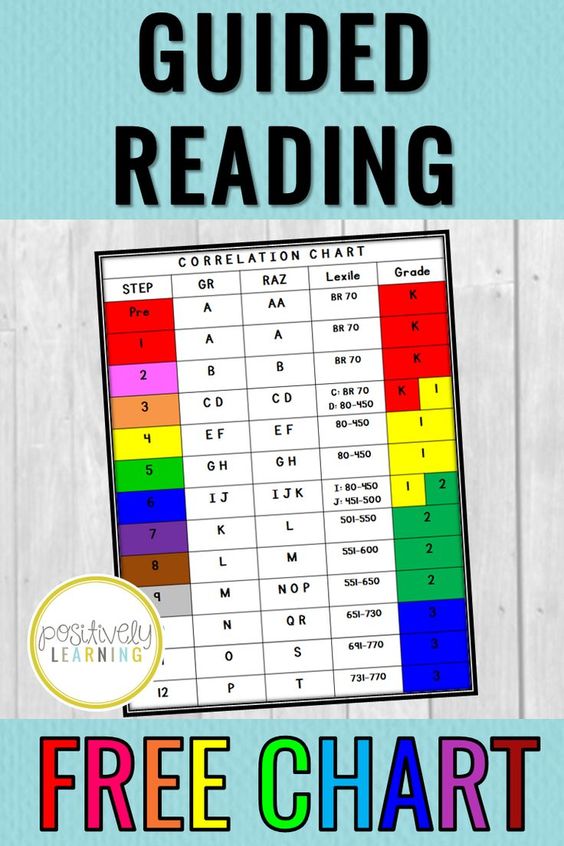 In addition, many phrases contain prepositions, and English learners will confirm that it is not always easy to remember which preposition to use in a particular case. Having learned the expression completely, you will well remember the preposition that is used in a particular phrase. nine0007
In addition, many phrases contain prepositions, and English learners will confirm that it is not always easy to remember which preposition to use in a particular case. Having learned the expression completely, you will well remember the preposition that is used in a particular phrase. nine0007
Features of the textbook
This series of textbooks differs from other manuals in that you do not learn new words, but entire expressions. To speak confidently, you need to know how words "cooperate" with each other, that is, in conjunction with which words they are used. Knowing such expressions will allow you to speak English faster, avoiding mistakes in the use of words.
We recommend this book for those who are preparing for the FCE exam, because when writing an essay or passing the conversational part, it will be easier for you to operate with expressions, and not with individual words. nine0007
The Pre-Intermediate manual provides tests after studying each group of lessons, in the other two textbooks there are no such tasks for verification, but you can return to the lesson after a while and try to go through it again, so you will see what has been deposited in your memory.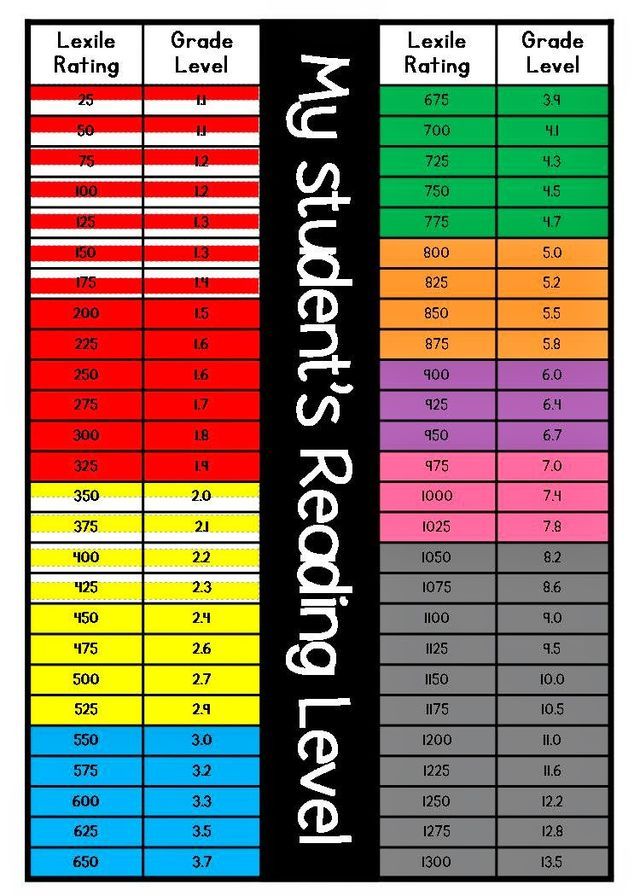
At the end of the textbooks there are answers to all tasks, as well as a list of words in alphabetical order indicating the pages on which they occur.

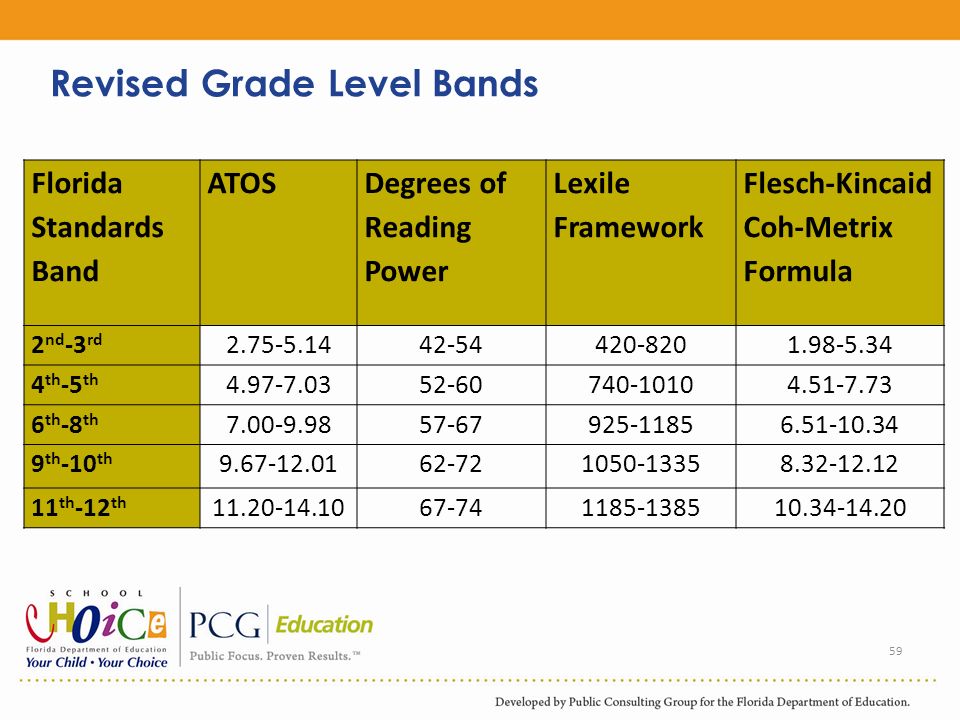 Upon a closer look, the text comprises long sentences and contains some fairly high-level vocabulary such as "mischief," "private," "gnash," and "rumpus." The parent on the couch would help the preschooler sound these words out and decipher these long sentences. Therefore the book is coded adult directed and the measure is AD740L.
Upon a closer look, the text comprises long sentences and contains some fairly high-level vocabulary such as "mischief," "private," "gnash," and "rumpus." The parent on the couch would help the preschooler sound these words out and decipher these long sentences. Therefore the book is coded adult directed and the measure is AD740L.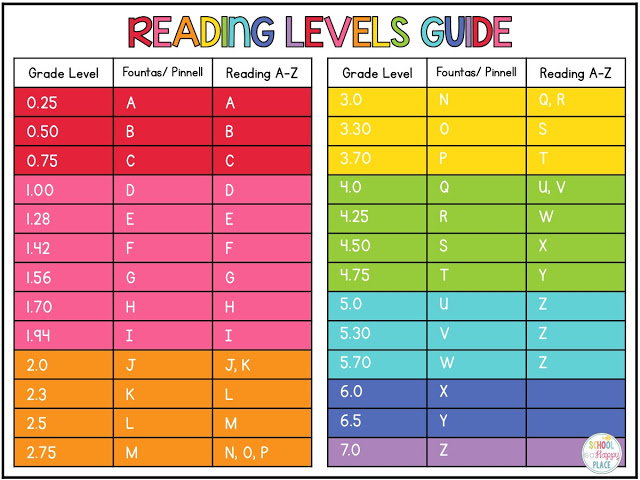
 Librarians and booksellers sometimes refer to young adult books with disproportionately low Lexile measures as "high-low" books, meaning "high-interest" plus "low-readability." These books receive an HL code. Often fiction, HL books are useful when matching older (grade 7 and beyond) struggling or reluctant readers with text at both an appropriate difficulty level and an appropriate developmental level.
Librarians and booksellers sometimes refer to young adult books with disproportionately low Lexile measures as "high-low" books, meaning "high-interest" plus "low-readability." These books receive an HL code. Often fiction, HL books are useful when matching older (grade 7 and beyond) struggling or reluctant readers with text at both an appropriate difficulty level and an appropriate developmental level.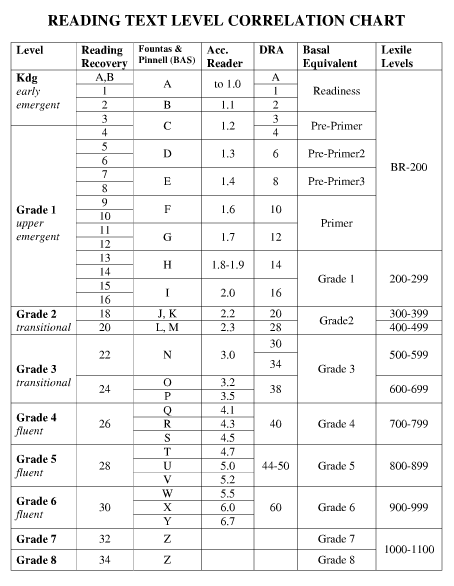 These text pieces could be moved around without affecting the overall linear flow of the book. Usually nonfiction, IG books are often used as a reference resource rather than read in their entirety like a storybook. Their distinguishing text characteristics include:
These text pieces could be moved around without affecting the overall linear flow of the book. Usually nonfiction, IG books are often used as a reference resource rather than read in their entirety like a storybook. Their distinguishing text characteristics include: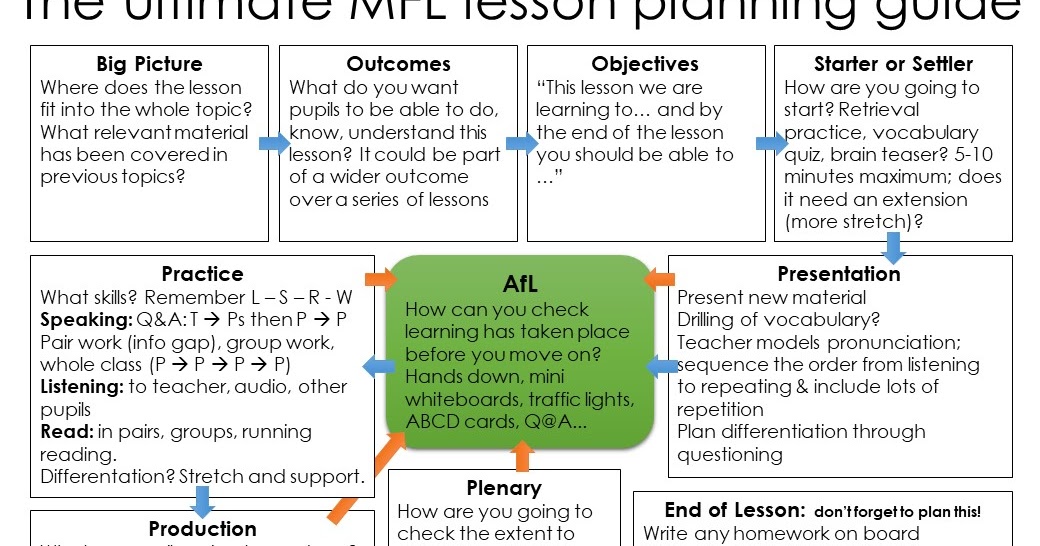 A particular reading order is neither indicated by the layout nor important to comprehension. Thus the book measure is IG320L.
A particular reading order is neither indicated by the layout nor important to comprehension. Thus the book measure is IG320L.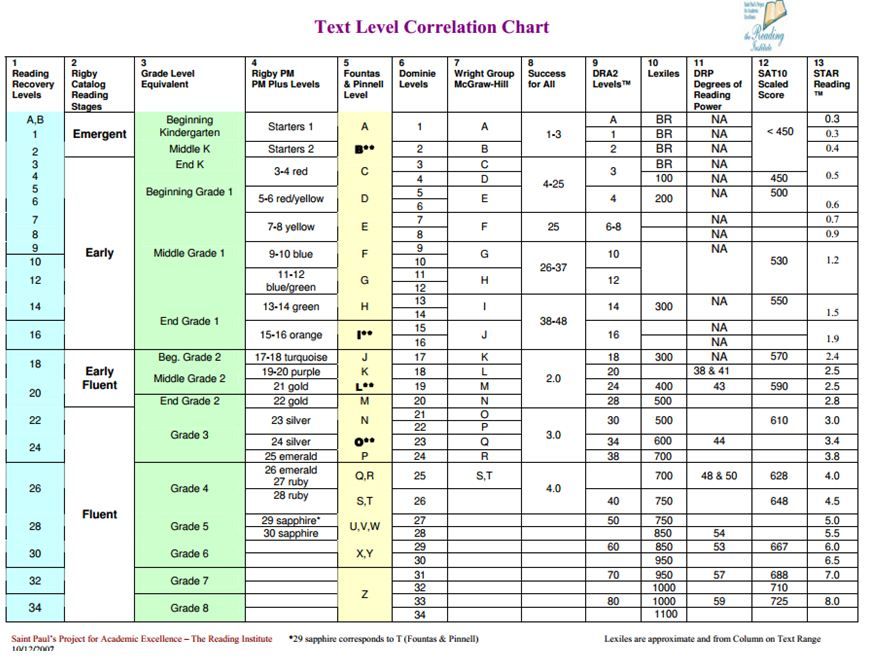 In some cases, for readers, a BR code is followed by a number and L (e.g., BR150L). A Lexile reader measure of BR150L indicates that the Lexile measure of the reader is 150 units below 0L. The smaller the number following the BR code, the more advanced the reader is. For example, a BR150L reader is more advanced than a BR200L reader. Unlike the reader measure, all text measures below 0L are currently reported as BR. MetaMetrics has conducted research to differentiate the BR text measures, and these measures will be available at a later date.
In some cases, for readers, a BR code is followed by a number and L (e.g., BR150L). A Lexile reader measure of BR150L indicates that the Lexile measure of the reader is 150 units below 0L. The smaller the number following the BR code, the more advanced the reader is. For example, a BR150L reader is more advanced than a BR200L reader. Unlike the reader measure, all text measures below 0L are currently reported as BR. MetaMetrics has conducted research to differentiate the BR text measures, and these measures will be available at a later date.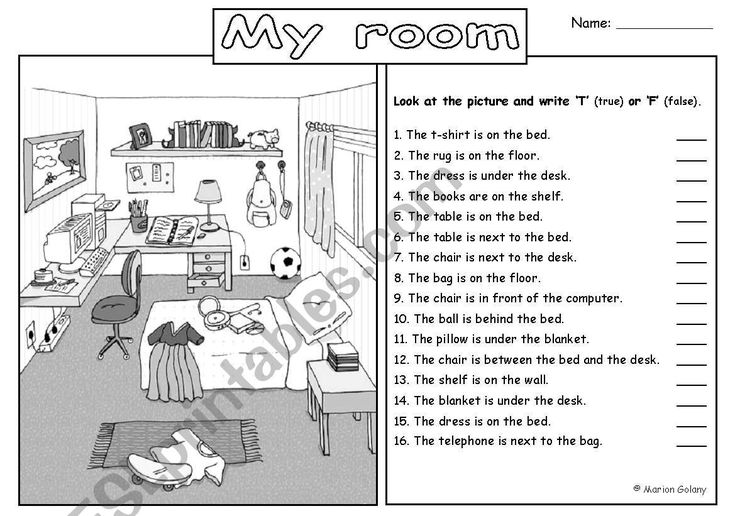 Since the Lexile Framework is based on prose analysis, Maurice Sendak's Alligators All Around (HarperTrophy) is coded NP. The text of the book is not in complete sentences and lacks punctuation entirely. The text difficulty of such a book cannot currently be assigned a Lexile measure.
Since the Lexile Framework is based on prose analysis, Maurice Sendak's Alligators All Around (HarperTrophy) is coded NP. The text of the book is not in complete sentences and lacks punctuation entirely. The text difficulty of such a book cannot currently be assigned a Lexile measure.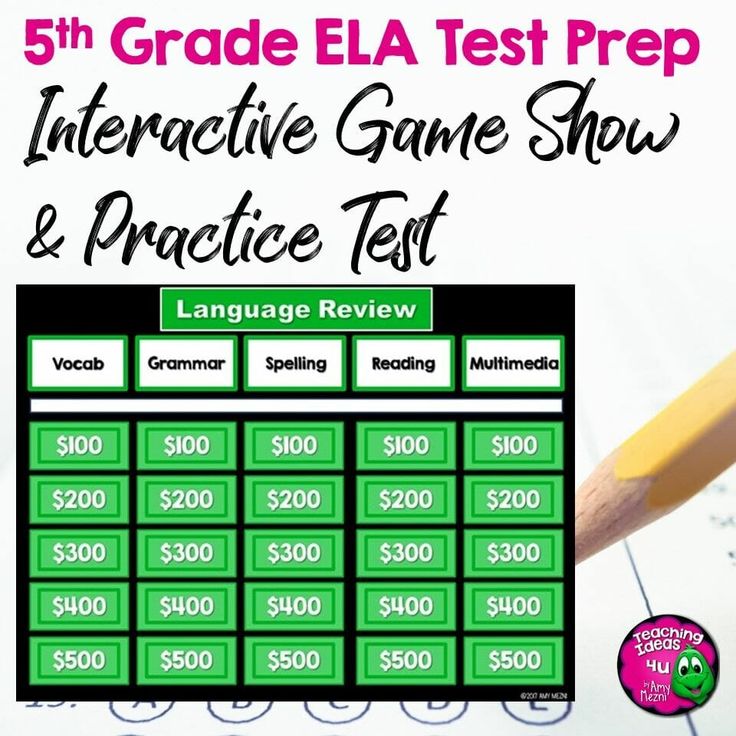
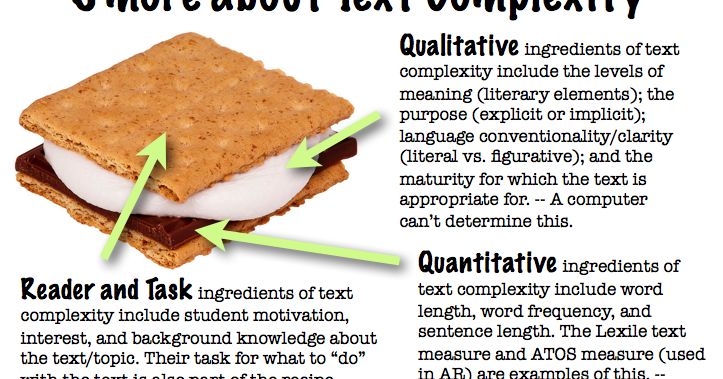 After each module in the textbook, you will be asked to take a test that will check how well you have learned the material of all the lessons you have completed.
After each module in the textbook, you will be asked to take a test that will check how well you have learned the material of all the lessons you have completed.  nine0007
nine0007  These English vocabulary learning tutorials will appeal to those who like to take various tests. However, the books also contain theoretical material, it is presented briefly, in the form of a small historical or grammatical reference. nine0007
These English vocabulary learning tutorials will appeal to those who like to take various tests. However, the books also contain theoretical material, it is presented briefly, in the form of a small historical or grammatical reference. nine0007 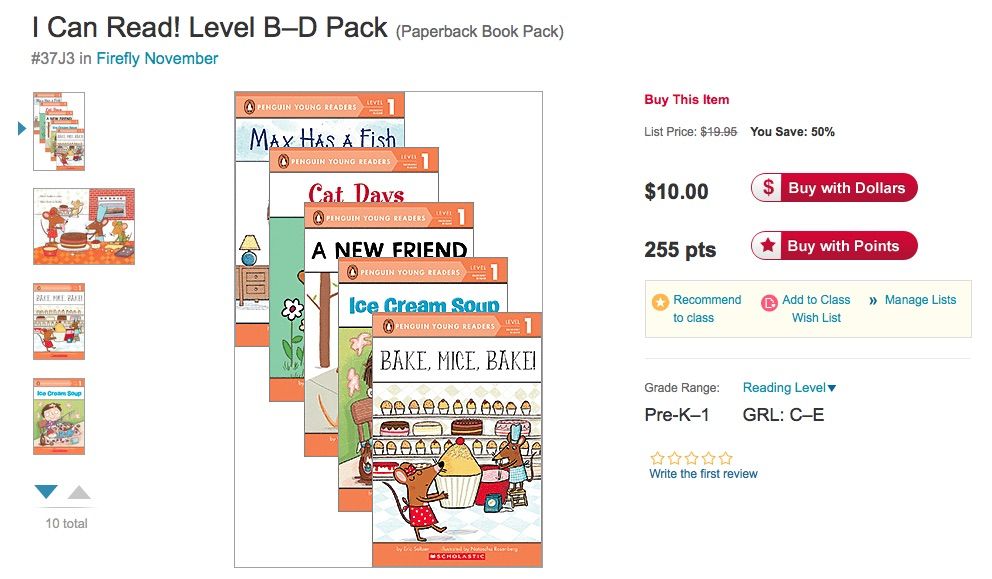 At the end of each textbook you will find answers to tests and a list of words to study in alphabetical order.
At the end of each textbook you will find answers to tests and a list of words to study in alphabetical order. 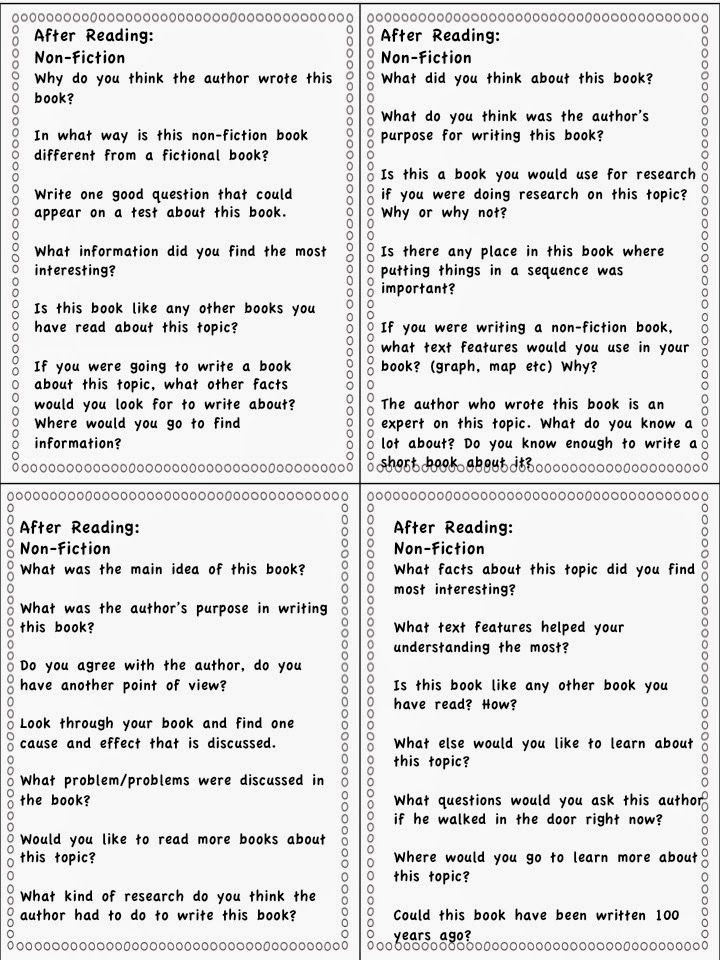
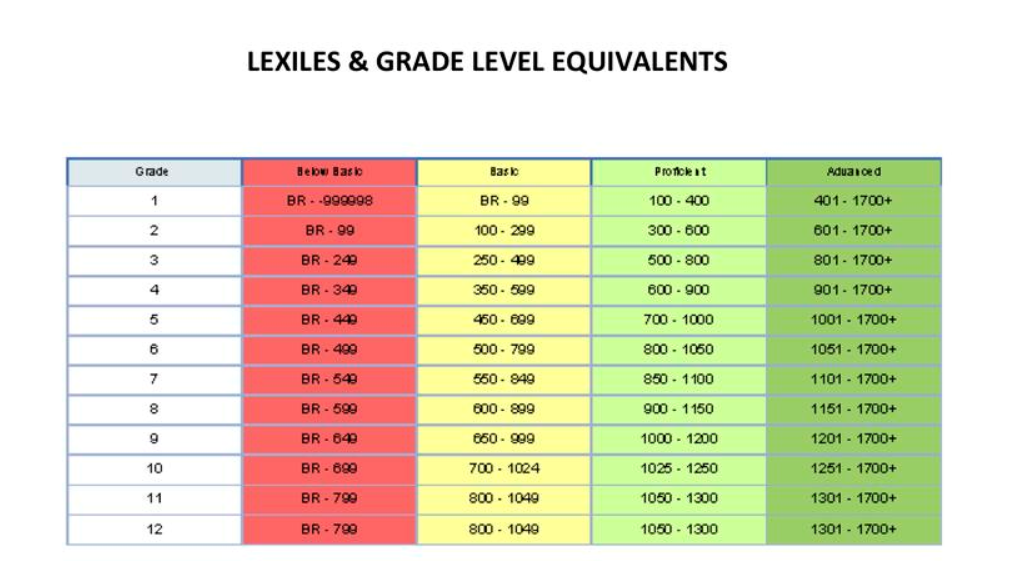 nine0007
nine0007 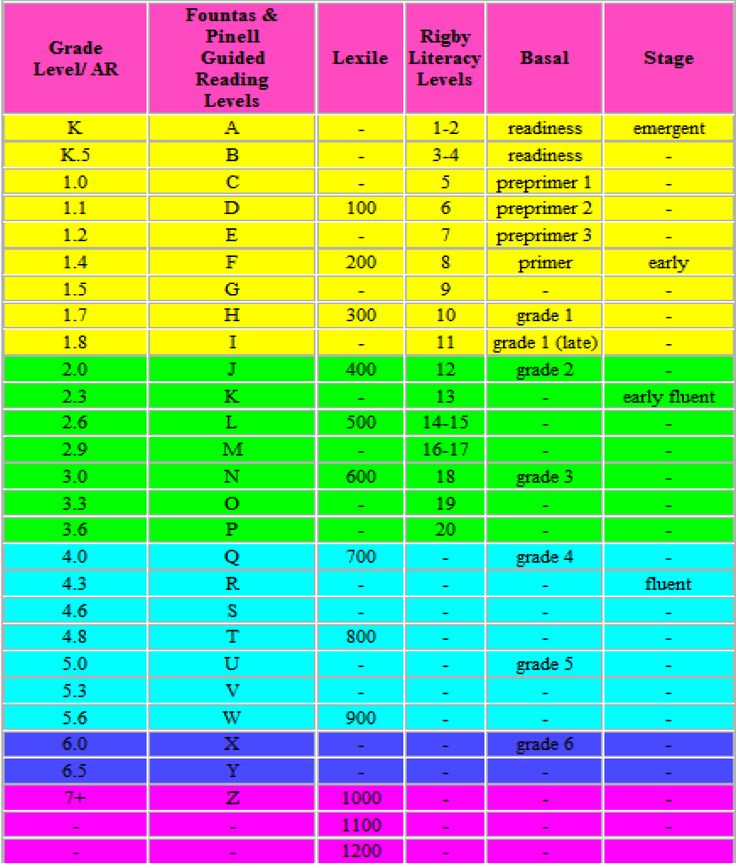
 At the end of the textbook there are answers to all exercises and tests. There you will also find lists of words with transcription.
At the end of the textbook there are answers to all exercises and tests. There you will also find lists of words with transcription.  Next to the English words you need to write the translation. If you are studying on your own, listen to the correct pronunciation in an online dictionary.
Next to the English words you need to write the translation. If you are studying on your own, listen to the correct pronunciation in an online dictionary. 

